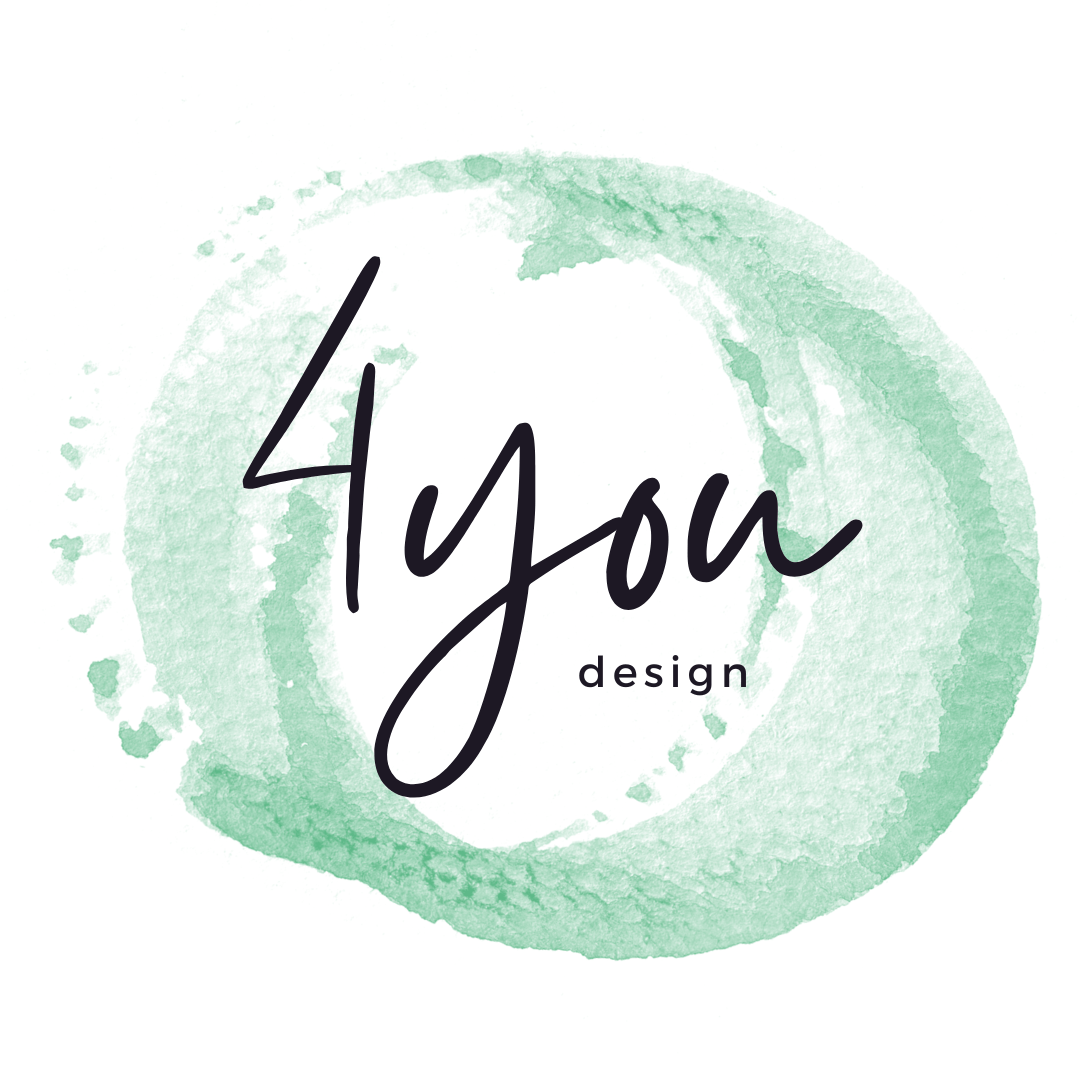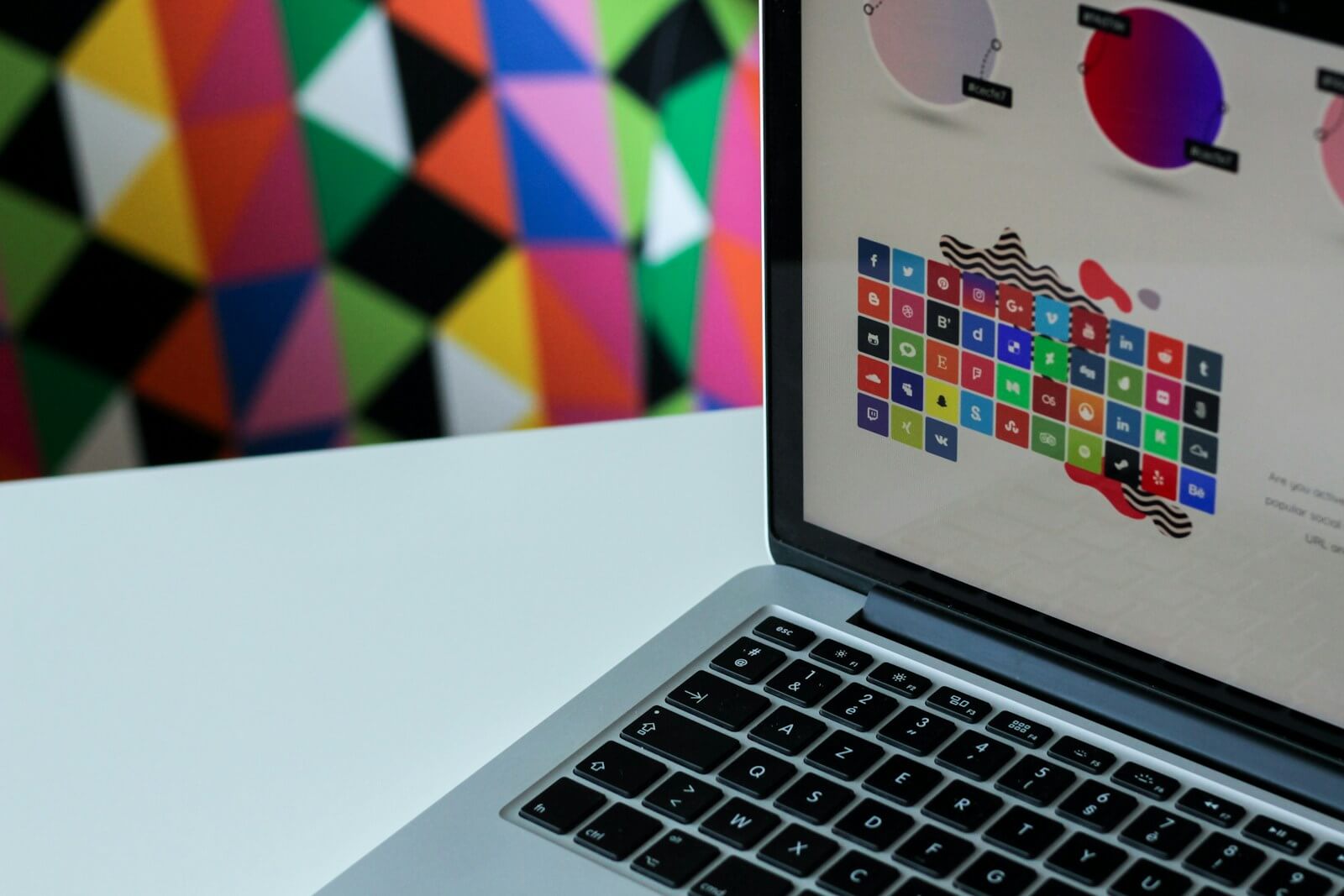Border design bridges the boundary between mere decoration and functional art. It encapsulates the essence of framing content, be it on a piece of paper, a digital image, or surrounding the edges of a classroom bulletin board. Borders can turn a simple project into a visually captivating masterpiece, emphasizing the importance of the content within, while also contributing to the overall aesthetic appeal. This exploration into border design will range from the basics of selecting the right frame to leveraging borders for enhancing school projects, and from discovering resources for free border designs to incorporating them into digital media and web projects.
What are the Basics of Border Design?
Understanding the Elements of Border Art on Pinterest
Border art, in essence, involves the skillful use of lines, symbols, and images to encapsulate or delineate space. Whether it’s a delicate floral border adding a touch of elegance to a wedding invitation, or a bold, vintage frame highlighting the title on a book cover, every border expresses a unique sentiment. The elements of design such as line, shape, texture, and color play significant roles in the composition of a border. An easy border design for a school project might utilize simple lines and shapes, whereas a more elaborate frame might integrate complex patterns and textures to achieve a decorative effect.
How to Choose the Right Border for Your Project
Choosing the right border for your project is crucial. It should complement the content rather than compete with it. For instance, a vintage border design may be perfect for a history project, adding a touch of antiquity and elegance, while a bright, colorful border might be more suited for a young student’s art project, making the page design for the school project more engaging. It’s important to explore and select a border that resonates with the theme and purpose of your work, considering aspects such as color harmony, thematic relevance, and visual impact.
The Importance of Color and Texture in Border Designs
Color and texture are instrumental in enhancing the appeal of border designs. They add depth, contrast, and emphasis to the page, guiding the viewer’s eye to the content nestled within. For educational materials, incorporating bright and vibrant colors can make the learning visuals more engaging for students. Alternatively, textured borders, whether they mimic the grain of wood, the fragility of lace, or the roughness of handmade paper, add a tactile dimension to the project, making it more interesting and memorable.
How Can Borders Enhance School and Classroom Projects?
Incorporating Free and Printable Borders for Educational Materials
Free and printable borders are a godsend for educators and students alike, offering an easy way to spruce up educational materials without incurring additional costs. These resources are particularly valuable for creating engaging and coherent visual materials for classroom lessons or school projects. Websites offering free download options for border designs in formats like PNG or PSD, allow users to explore a plethora of designs ranging from simple to complex, which can be tailored to suit any subject or theme.
Using Borders to Make Learning Visuals More Engaging
Borders can transform ordinary learning materials into visually appealing educational tools. By framing the content with relevant and stimulating designs, teachers can capture students’ attention and potentially enhance their learning experience. For instance, a science project can be made more inviting with a border that includes images of atoms, DNA strands, or galaxies, turning a regular project file into an intriguing exploration for students.
Creative Ideas for Bulletin Board Frames and Decorations
Bulletin boards are central to classroom decoration and communication. Creative border ideas can breathe life into bulletin boards, making them centers of interest and engagement. Seasonal borders, for example, can reflect the changing themes throughout the school year, from colorful fall leaves to snowflakes for Christmas decoration, creating a dynamic and interactive backdrop for school announcements, student work, and educational content.
Discovering Free Resources for Border Design
Top Sites to Find Free Border and Frame Designs
There are numerous online platforms where educators, students, and design enthusiasts can find high-quality, free border designs. Websites like Pinterest and stock photo sites offer extensive collections of borders and frames that range from simple lines to elaborate floral patterns. Users can browse these sites to find inspirational ideas or downloadable files that suit their project needs. Whether you’re looking for a green border for a spring-themed project or a festive Christmas frame, these resources provide a wealth of options.
Utilizing Free Vector Graphics for Commercial Use
For more professional or commercial projects, free vector graphics offer a scalable solution without loss of quality. Websites that provide vectors in formats such as SVG or EPS allow users to download designs that can be resized for various applications, from business cards to banners, without pixelation. This flexibility makes vector graphics an ideal choice for projects that require both high-quality appearance and versatility.
The Role of Open Source Platforms in Sharing Creative Borders
Open source platforms have played a significant role in democratizing access to creative resources, including border designs. These communities foster a culture of sharing, where designers and artists upload their creations for free use by the public. This collaborative environment not only provides users with access to unique and diverse designs but also encourages creativity and innovation within the realm of border art.
Expert Comment
Professor Emma Clarke, renowned for her expertise in project management and visual communication, recently discussed the pivotal role of design in educational and professional projects. “Effective design for projects is more than just aesthetics; it’s about communication and functionality. Whether it’s a school assignment or a corporate presentation, the right design can significantly influence the perception and success of a project,” she asserts.
Professor Clarke emphasizes the use of high-quality images and careful composition in project designs. “Incorporating ✓ high-quality images into your project can elevate the overall presentation and impact. For instance, selecting images that represent the core ideas of your project not only enriches the visual experience but also supports the writing and narrative of your work.”
She further highlights the strategic use of numbers in design. “When integrating figures like ‘3’ or ‘5’ into your project, think about their significance and placement. These numbers can represent phases, important points, or rankings within your project, providing a clear structure that enhances understanding and retention.”
Lastly, Professor Clarke advises on maintaining high standards in every aspect of project design. “Aim for high precision in both content and layout. The design for your project should reflect a level of professionalism and thoroughness that speaks to your dedication and attention to detail. Remember, a well-designed project is one that communicates effectively and leaves a lasting impression.”
DIY Border Crafts: Merging Tradition with Modern Design
Step-by-Step Guide to Creating Your Own Borders
Creating your own borders is a rewarding endeavor that merges tradition with modern design. Start by selecting materials such as colorful paper, fabric, or even natural elements like leaves and flowers. Next, decide on a motif or style that complements your project, whether it’s handmade paper borders for a personalized journal or easy, floral borders for wedding stationery. With simple tools like scissors, glue, and markers, you can craft beautiful, bespoke borders that reflect your personal style and enhance your project’s visual appeal.
Exploring Handmade Paper and Floral Borders for Unique Decorations
Handmade paper and floral borders offer a unique way to decorate with a personal touch. The texture and irregularity of handmade paper add an organic feel to projects, while floral borders, whether crafted from real flowers or beautifully illustrated in watercolor, inject life and color. These decorative elements are perfect for bespoke invitations, personalized stationery, or unique home decor projects.
Inspiring DIY Projects for Home and School Using Simple Tools
DIY projects for creating border designs are not only fun but also incredibly versatile. With simple tools like stencils, stamps, and washi tape, you can design custom borders for everything from home decor items to school projects. For example, using stencils to create a consistent design around the edge of a page or employing stamps for a thematic border on a classroom poster can yield impressive results. These projects encourage creativity and can be a rewarding way to personalize your surroundings or enhance educational materials.
Expert Comment
Dr. Alexander Bellwood, a leading expert in educational technology and graphic design, shared his insights on the evolution of educational materials. “When designing for a school project, it’s crucial to focus on the front page design for school assignments. This is where students can make a strong first impression. A captivating page design for school projects not only engages the viewer but also sets the tone for the content that follows,” explains Dr. Bellwood.
He continues, “In today’s digital age, the use of high-quality border images and page borders, such as a delicate flower border or sophisticated border design images, adds a professional touch to any sheet of project work. Whether it’s for printing or display on digital platforms like YouTube, incorporating elements like black backgrounds or clip art can dramatically enhance the visual appeal.”
Dr. Bellwood also emphasizes the importance of accessibility, particularly for touch device users who explore by touch. “Digital designs should accommodate all users, ensuring that every child can interact with the content comfortably. This includes integrating features that enhance usability on computers and other devices, making it easy to link, send, or share projects.”
“Moreover, when considering resources, always opt for royalty-free images to copy and use in educational settings. This practice not only respects copyright laws but also reduces costs, making it easier to sell or distribute educational content without legal concerns,” advises Dr. Bellwood.
He notes that for those who search for materials online, options to download or copy high-quality images should be clear and straightforward. “Always include a note or letter to guide users on how to legally use the images, especially when dealing with licensed materials.”
Concluding his guidance, Dr. Bellwood highlights, “The design for your next project should not only be aesthetically pleasing but also functional and inclusive, ensuring that every student can engage with the material effectively. Remember, the right design for your project can make a significant difference in educational outcomes.”
Leveraging Border Design in Digital Media and Web Projects
Integrating Border Art in Web Page Layout and Design
In the digital realm, border art plays a pivotal role in web page layout and design, defining spaces and emphasizing content. A well-chosen border can delineate areas of a web page, guide the user’s eye, and contribute to the overall aesthetic and usability of the site. Employing artful borders around images, text blocks, or columns can add a layer of sophistication and engagement to web projects.
Using Borders to Enhance the Visual Appeal of Digital Content
Borders are not merely decorative; they can significantly enhance the visual appeal and readability of digital content. By framing text or images, borders can create a visual hierarchy, making digital content easier to navigate and digest. This is particularly useful in educational digital materials, where well-defined sections can aid in the learning process.
The Evolution of Border Designs in the Digital Age
The digital age has transformed the way we approach border design, broadening the scope from physical edges to virtual spaces. Today, border designs can be dynamic, interactive, and adaptable to various screen sizes and devices. This evolution has led to innovative uses of borders in digital media, from animated floral borders on digital invitations to sleek, modern frames highlighting online art galleries. The future of border design promises even greater integration of technology and art, offering new ways to enhance and frame our digital worlds.

